Home>Gardening & Outdoor>Landscaping Ideas>How To Remove Weeds From St.Augustine Grass
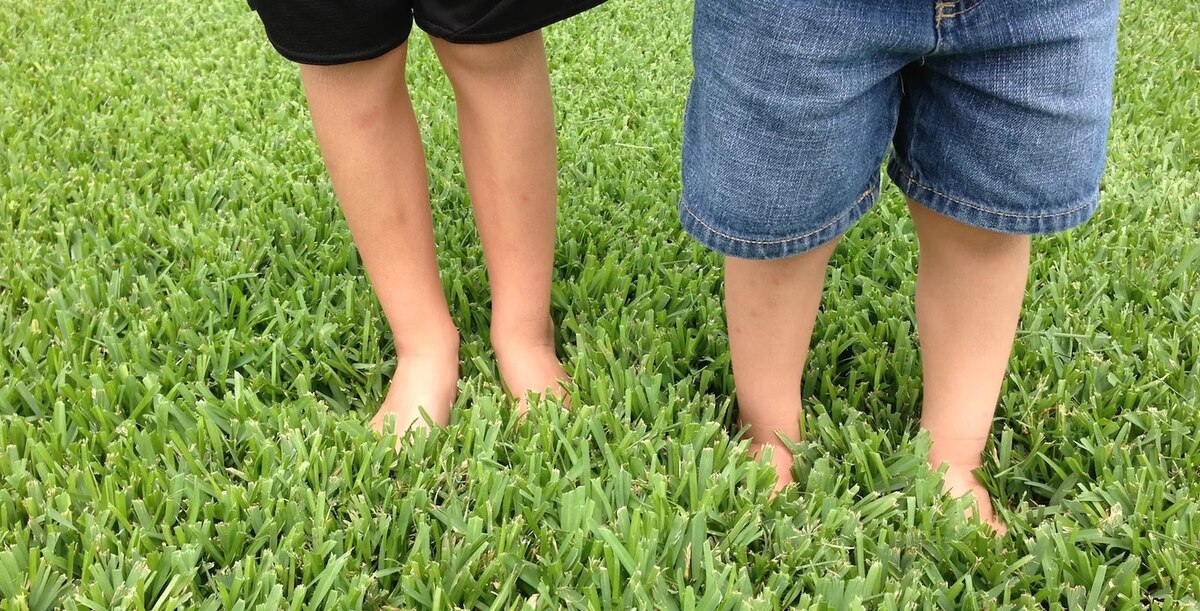

Landscaping Ideas
How To Remove Weeds From St.Augustine Grass
Modified: August 18, 2024
Learn effective landscaping ideas for removing weeds from St. Augustine grass. Discover expert tips and techniques to maintain a weed-free lawn.
(Many of the links in this article redirect to a specific reviewed product. Your purchase of these products through affiliate links helps to generate commission for Storables.com, at no extra cost. Learn more)
Introduction
If you take pride in maintaining a lush, green lawn, you understand the frustration that weeds can cause. St. Augustine grass is a popular choice for lawns due to its lush, dense growth and tolerance to heat and humidity. However, even this resilient grass variety is not immune to weed invasions. In this comprehensive guide, we will explore effective methods for removing weeds from St. Augustine grass, ensuring that your lawn remains a vibrant and weed-free oasis.
Weeds not only detract from the visual appeal of your lawn but also compete with St. Augustine grass for essential nutrients, water, and sunlight. Therefore, it is crucial to address weed infestations promptly and effectively to maintain the health and beauty of your lawn. Whether you are dealing with common weeds like dandelions and crabgrass or more stubborn varieties, such as nutsedge and clover, this guide will equip you with the knowledge and techniques to combat them successfully.
By understanding the unique characteristics of St. Augustine grass and the specific challenges it faces when combating weeds, you can tailor your approach to achieve optimal results. From manual weed removal to chemical control methods and proactive weed prevention, we will delve into a range of strategies designed to restore and preserve the pristine condition of your St. Augustine grass. Let's embark on this journey to reclaim the natural splendor of your lawn while nurturing the flourishing growth of St. Augustine grass.
Key Takeaways:
- St. Augustine grass is a resilient and lush turfgrass, but it can still fall victim to weeds. By understanding its unique characteristics and implementing targeted weed removal and prevention techniques, you can maintain a vibrant and weed-free lawn.
- From manual weed removal to selective herbicides and proactive prevention measures, there are various strategies to combat weeds in St. Augustine grass. By integrating these insights into your lawn care routine, you can nurture a flourishing and weed-resistant outdoor oasis.
Read more: How To Kill Weeds In St. Augustine Grass
Understanding St. Augustine Grass
St. Augustine grass (Stenotaphrum secundatum) is a warm-season turfgrass known for its lush, dense growth and vibrant green hue. Native to the Gulf Coast region of the United States, this grass variety thrives in warm, humid climates and is a popular choice for lawns in southern regions. Its broad, flat blades and vigorous growth make it an attractive and resilient option for homeowners seeking a visually appealing and low-maintenance lawn.
One of the distinguishing features of St. Augustine grass is its ability to form a thick, carpet-like turf that effectively crowds out weeds when properly cared for. This dense growth habit not only enhances the aesthetic appeal of the lawn but also contributes to its ability to resist weed encroachment. Additionally, St. Augustine grass exhibits excellent salt tolerance, making it suitable for coastal areas where soil salinity may be a concern.
When it comes to maintenance, St. Augustine grass thrives in well-drained soil and requires moderate watering and fertilization to support its vigorous growth. However, despite its resilience, St. Augustine grass can be susceptible to certain weed species, particularly if the lawn is stressed or the soil conditions are unfavorable. Understanding the unique characteristics and growth patterns of St. Augustine grass is essential for devising an effective weed management strategy that complements the inherent strengths of this turfgrass variety.
By familiarizing yourself with the growth habits, preferred growing conditions, and potential vulnerabilities of St. Augustine grass, you can gain valuable insights into how to best support its health and vitality while minimizing weed infestations. Armed with this knowledge, you can implement targeted weed control measures that align with the specific needs of St. Augustine grass, ensuring that your lawn remains a thriving expanse of vibrant greenery.
Identifying Weeds in St. Augustine Grass
Before embarking on a weed removal endeavor, it is crucial to be able to identify common weeds that may infiltrate St. Augustine grass. By recognizing these interlopers, you can tailor your approach to effectively combat their presence and prevent them from encroaching on the lush expanse of your lawn. Here are some prevalent weeds that may emerge in St. Augustine grass:
- Dandelion (Taraxacum officinale): Easily recognizable by its distinctive yellow flowers and serrated leaves, dandelions are perennial weeds that can quickly spread across lawns if left unchecked.
- Crabgrass (Digitaria spp.): With its low-growing, spreading nature and coarse texture, crabgrass can disrupt the uniformity of St. Augustine grass and compete for essential resources.
- Nutsedge (Cyperus spp.): Often referred to as nutgrass, nutsedge is characterized by its triangular stems and yellow or purple-tinged seed heads, posing a persistent challenge to St. Augustine grass due to its rapid growth.
- Clover (Trifolium spp.): Recognizable by its trifoliate leaves and small white or pink flowers, clover can establish a foothold in lawns with suboptimal nitrogen levels, vying for space with St. Augustine grass.
- Virginia Buttonweed (Diodia virginiana): This broadleaf perennial weed features small, star-shaped white flowers and can thrive in moist areas, posing a threat to the visual appeal of St. Augustine grass.
These are just a few examples of the diverse weeds that may infiltrate St. Augustine grass, each with its own growth habits and potential impact on the health and aesthetics of the lawn. By familiarizing yourself with these common intruders, you can develop a targeted approach to weed removal that addresses the specific challenges posed by each weed species. Additionally, early detection and intervention can prevent weed populations from reaching levels that necessitate more intensive control measures, safeguarding the pristine condition of your St. Augustine grass.
Manual Weed Removal
Manual weed removal is a labor-intensive yet highly effective method for addressing weed infestations in St. Augustine grass. This approach allows for targeted weed eradication while minimizing the use of chemical herbicides, making it an environmentally friendly option for maintaining a healthy lawn. Here are some manual weed removal techniques tailored to the unique characteristics of St. Augustine grass:
- Hand Pulling: For isolated weeds or small patches, hand pulling can be a practical method for removing weeds from St. Augustine grass. Grasp the weed at its base and gently but firmly pull upward, ensuring that the entire root system is extracted to prevent regrowth.
- Weed Digging Tools: Utilize specialized weed digging tools, such as dandelion diggers or similar implements, to target deep-rooted weeds without disturbing the surrounding St. Augustine grass. Carefully insert the tool near the weed’s base and leverage it to lift the weed and its root system from the soil.
- Regular Mowing: Maintaining the proper mowing height for St. Augustine grass can help suppress weed growth by promoting the vigor of the turfgrass. By adhering to the recommended mowing height, typically around 3 to 4 inches, you can encourage the development of a dense turf that inhibits weed establishment.
- Overseeding and Aeration: Introduce new St. Augustine grass seed to bare or thin areas of the lawn to bolster its density and competitiveness against weeds. Additionally, core aeration can improve soil drainage and reduce compaction, fostering a more conducive environment for St. Augustine grass while impeding weed proliferation.
By combining these manual weed removal techniques with regular lawn maintenance practices tailored to the needs of St. Augustine grass, you can effectively manage weed populations while promoting the health and resilience of your lawn. While manual weed removal requires dedication and attentiveness, the results are well worth the effort, yielding a flourishing expanse of St. Augustine grass that remains free from unsightly and invasive weeds.
To remove weeds from St. Augustine grass, hand pulling is the most effective method. Be sure to remove the entire root to prevent regrowth. Applying a pre-emergent herbicide in early spring can also help prevent weed growth.
Chemical Weed Control
When manual weed removal alone may not suffice to address extensive weed infestations in St. Augustine grass, targeted chemical weed control methods can provide an additional line of defense against persistent weeds. It is essential to approach chemical weed control with care, selecting herbicides that are compatible with St. Augustine grass and applying them in accordance with recommended guidelines to minimize any potential impact on the turfgrass. Here are key considerations and strategies for implementing chemical weed control in St. Augustine grass:
- Selective Herbicides: Choose herbicides specifically formulated for selective control of weeds in St. Augustine grass, targeting undesirable weed species while minimizing harm to the turfgrass. Selective herbicides are designed to spare the desirable grass species while effectively combating weeds, offering a tailored approach to weed management.
- Pre-Emergent Herbicides: Pre-emergent herbicides can be applied to prevent the germination and establishment of weed seeds in St. Augustine grass. By forming a barrier in the soil, pre-emergent herbicides inhibit weed seedlings from taking root, contributing to long-term weed control and preserving the integrity of the lawn.
- Post-Emergent Herbicides: In cases where weeds have already emerged, post-emergent herbicides can target and eliminate established weed populations in St. Augustine grass. It is crucial to select post-emergent herbicides that are compatible with St. Augustine grass and the specific weed species present, ensuring effective control while safeguarding the health of the turfgrass.
- Professional Consultation: When considering chemical weed control options, consulting with a lawn care professional or horticultural expert can provide valuable insights into the selection and application of herbicides tailored to the unique needs of St. Augustine grass. Professional guidance can help ensure the safe and effective use of herbicides, minimizing any potential risks to the lawn and surrounding environment.
By integrating selective herbicides, pre-emergent treatments, and post-emergent applications in a targeted and judicious manner, chemical weed control can complement manual removal efforts and contribute to the comprehensive management of weeds in St. Augustine grass. When employed responsibly and in accordance with best practices, chemical weed control can help restore and maintain the pristine condition of your lawn, allowing the vibrant beauty of St. Augustine grass to flourish unhindered by invasive weeds.
Preventing Weeds in St. Augustine Grass
Proactive weed prevention measures are essential for preserving the health and visual appeal of St. Augustine grass, minimizing the need for extensive weed removal and control efforts. By implementing targeted strategies to create an inhospitable environment for weeds, you can fortify the resilience of your lawn and nurture the robust growth of St. Augustine grass. Here are key tactics for preventing weeds in St. Augustine grass:
- Optimal Lawn Care Practices: Adhering to best practices for St. Augustine grass maintenance, including proper watering, fertilization, and mowing, can promote the vigor and density of the turfgrass, reducing opportunities for weed establishment and proliferation.
- Soil Health Management: Conduct soil tests to assess the nutrient levels and pH of the soil, addressing any deficiencies or imbalances that may compromise the vitality of St. Augustine grass. By optimizing soil health, you can create an environment conducive to robust turf growth while deterring weed encroachment.
- Thickening the Turf: Encourage the dense growth of St. Augustine grass by overseeding bare or thin areas and promoting lateral spread through proper watering and fertilization. A thick, healthy turf acts as a natural barrier against weeds, limiting their ability to take root and thrive in the lawn.
- Weed-Free Establishment: When establishing new St. Augustine grass, ensure that the planting area is free from weeds and their seeds to prevent the introduction of invasive species that could compromise the integrity of the lawn. Thorough site preparation and weed eradication prior to planting are crucial for laying the foundation of a weed-resistant turf.
- Regular Inspections: Routinely inspect the lawn for early signs of weed infestations, addressing any emerging weeds promptly to prevent their proliferation and minimize the need for more extensive control measures in the future.
By integrating these preventive measures into your lawn care regimen, you can cultivate a resilient and weed-resistant expanse of St. Augustine grass, ensuring that your lawn remains a vibrant and inviting outdoor space. Proactive weed prevention not only reduces the time and effort required for weed management but also contributes to the long-term health and beauty of your lawn, allowing St. Augustine grass to thrive in a nurturing and weed-free environment.
Conclusion
As a steward of a St. Augustine grass lawn, your commitment to maintaining its lush beauty and vitality is integral to its long-term success. By understanding the unique characteristics of St. Augustine grass and the challenges it may face when contending with weeds, you are empowered to implement targeted strategies for weed removal, prevention, and overall lawn care. From manual weed removal techniques that preserve the integrity of the turfgrass to judicious chemical weed control measures and proactive prevention tactics, you have a diverse toolkit at your disposal to safeguard the health and visual appeal of your lawn.
Embracing the labor of love involved in manual weed removal, complemented by the strategic use of selective herbicides and preventive measures, allows you to create an environment where St. Augustine grass can flourish unhindered by invasive weeds. By nurturing the dense growth and resilience of the turf, you can foster a vibrant and weed-resistant lawn that serves as a testament to your dedication and expertise in lawn care.
As you embark on this journey to maintain a pristine expanse of St. Augustine grass, remember that each effort you invest in weed management and lawn care contributes to the enduring beauty and health of your outdoor oasis. Whether it’s hand-pulling weeds, applying targeted herbicides, or implementing preventive measures, your commitment to nurturing the vibrancy of St. Augustine grass is a testament to your role as a caretaker of natural splendor.
With a comprehensive understanding of St. Augustine grass, the identification of common weeds, and the application of effective weed removal and prevention techniques, you are equipped to preserve the lush grandeur of your lawn. By integrating these insights into your lawn care practices, you can revel in the beauty of a weed-free St. Augustine grass lawn, where the verdant expanse serves as a testament to your dedication and expertise in cultivating a thriving outdoor sanctuary.
Frequently Asked Questions about How To Remove Weeds From St.Augustine Grass
Was this page helpful?
At Storables.com, we guarantee accurate and reliable information. Our content, validated by Expert Board Contributors, is crafted following stringent Editorial Policies. We're committed to providing you with well-researched, expert-backed insights for all your informational needs.
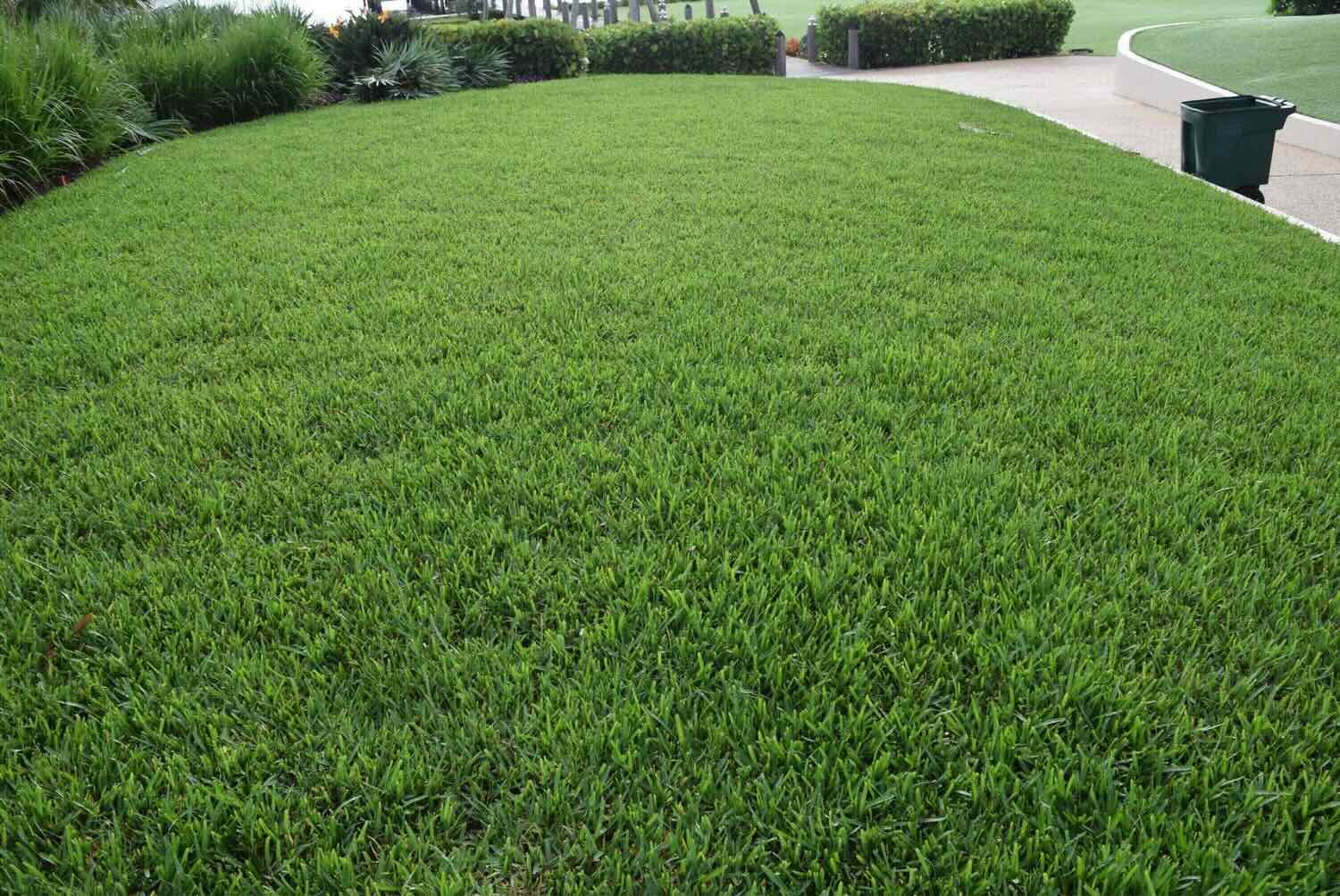
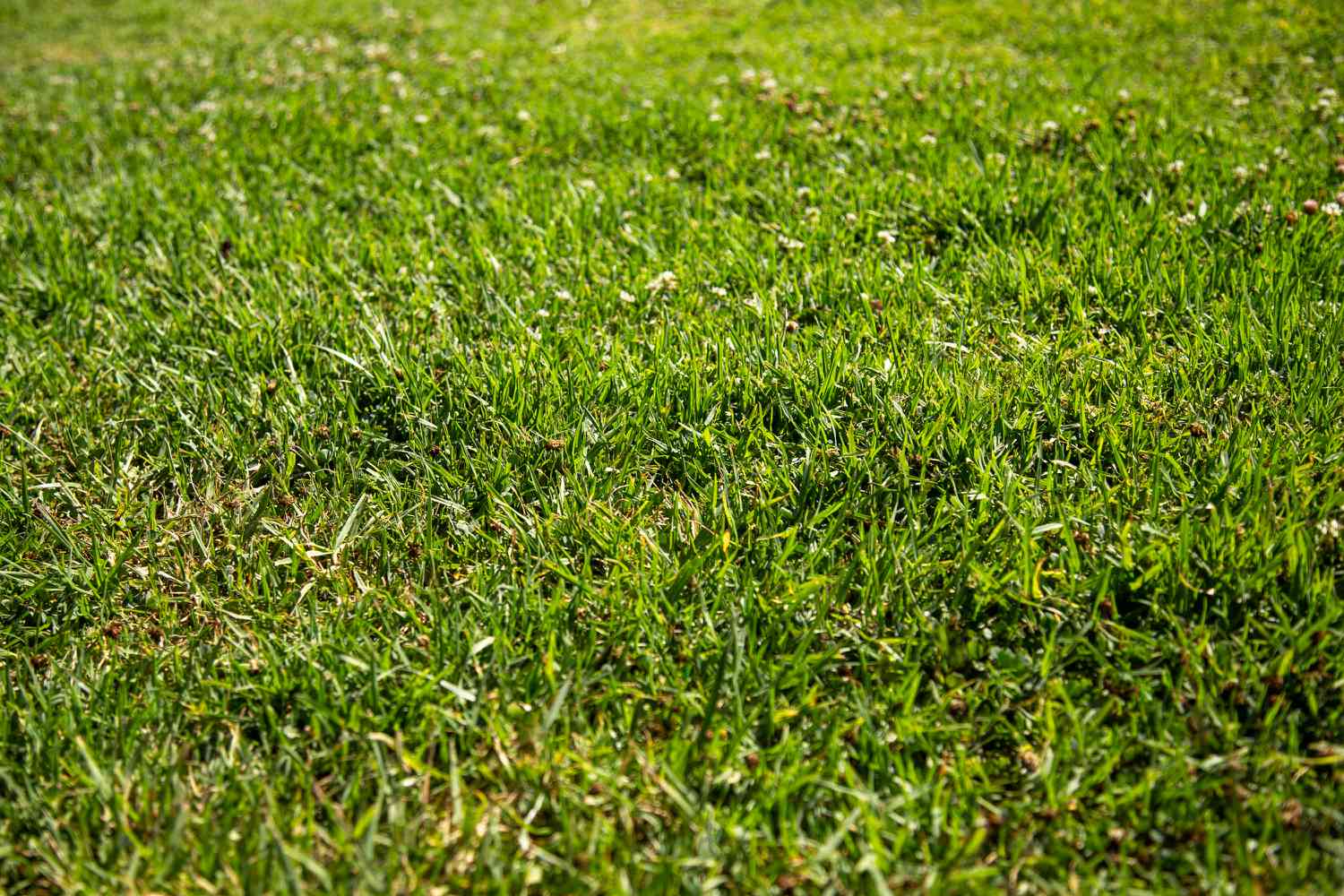
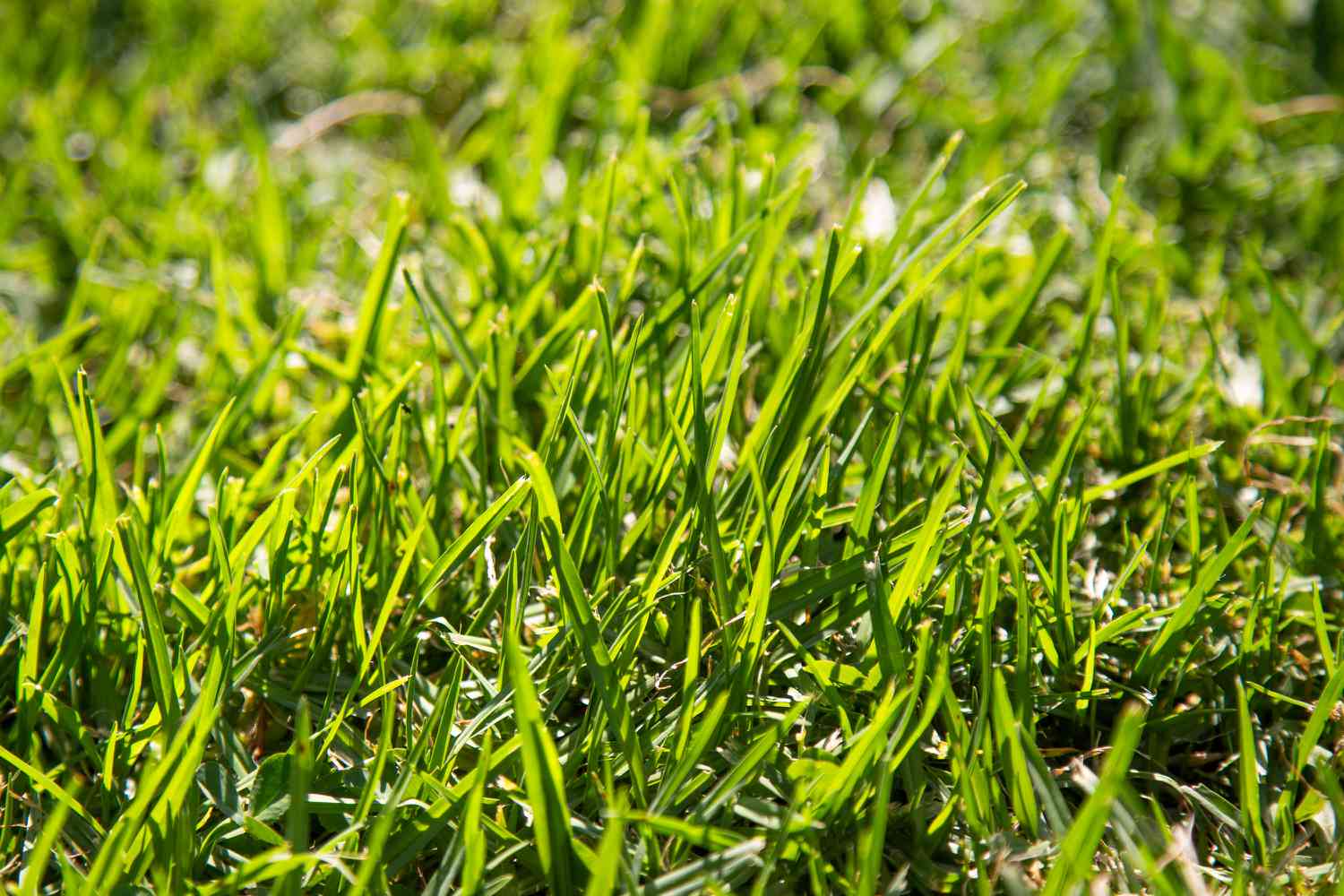
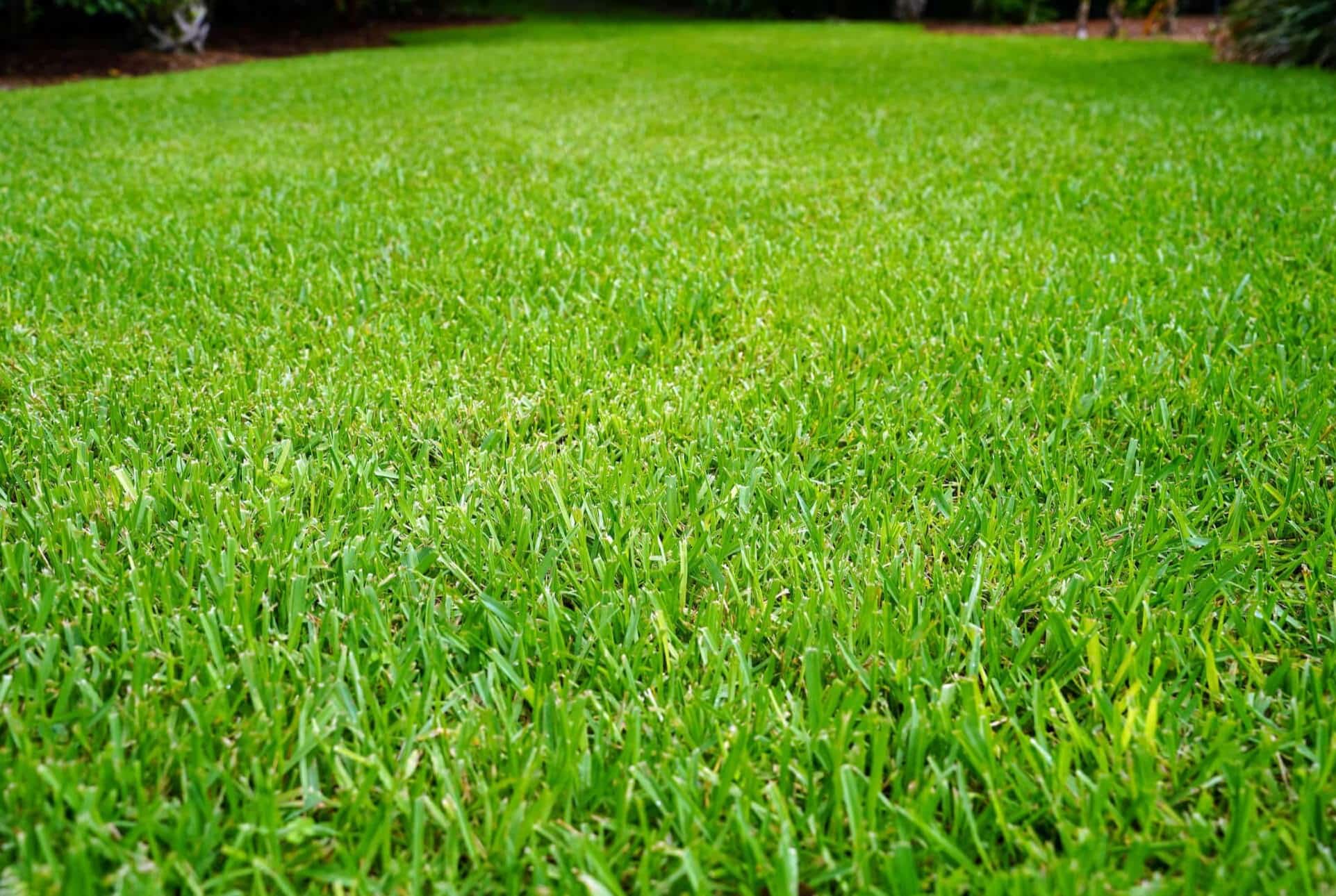
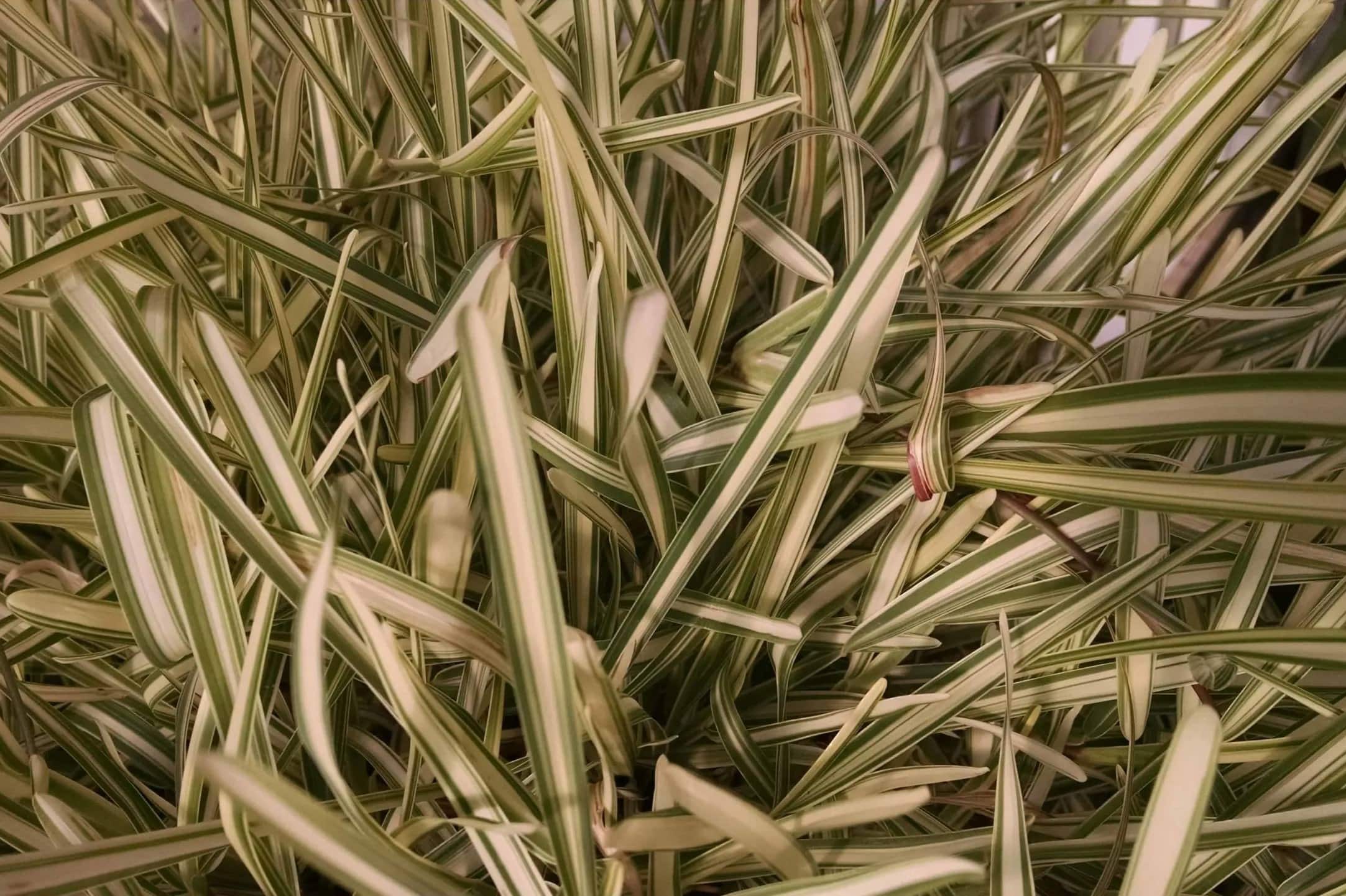
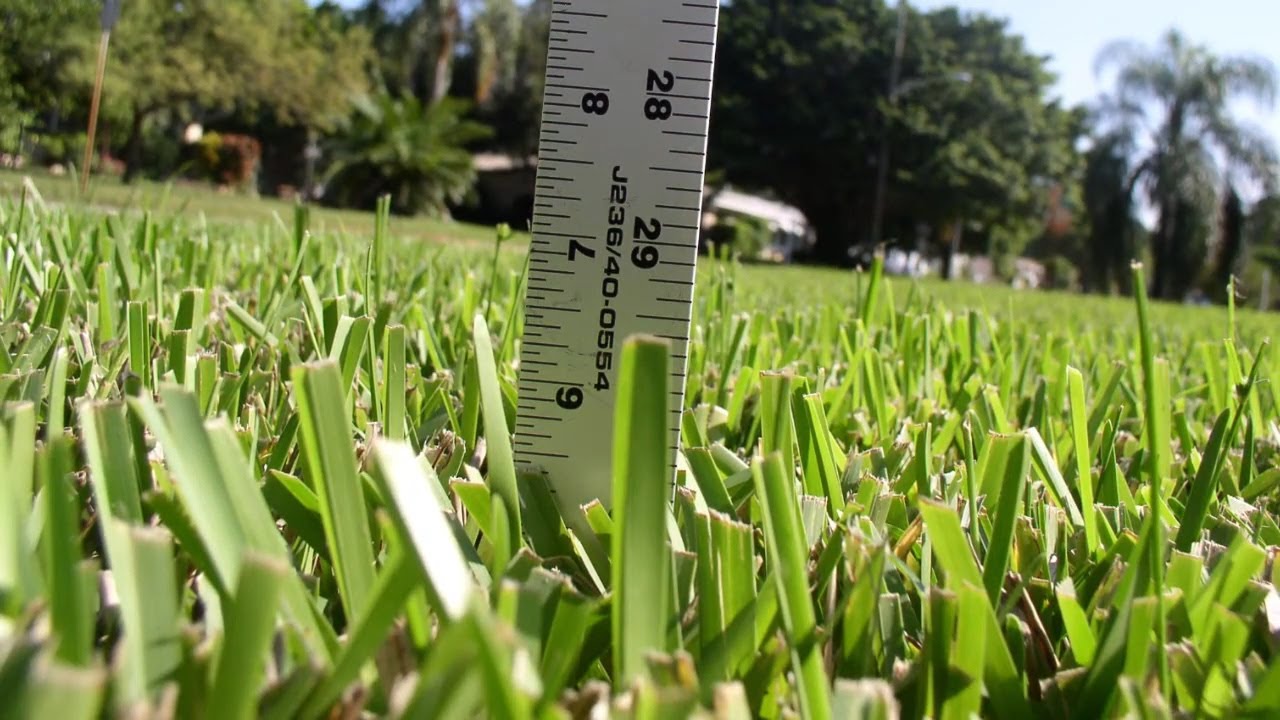
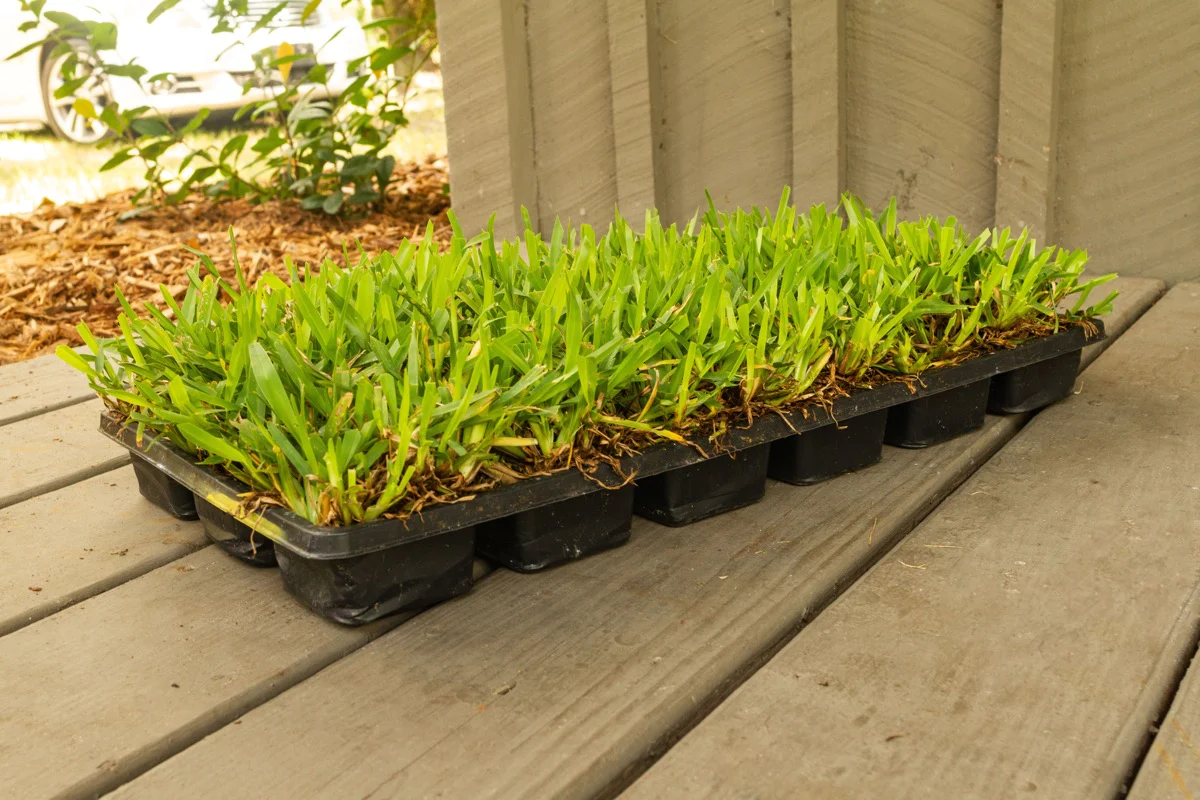
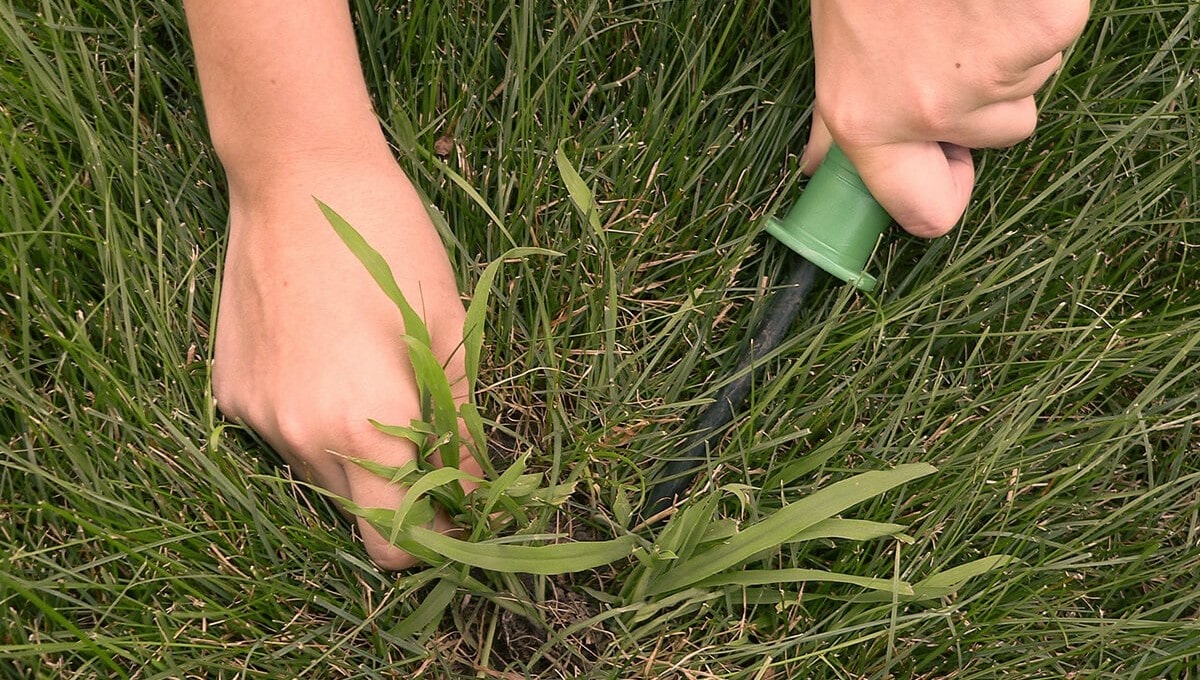
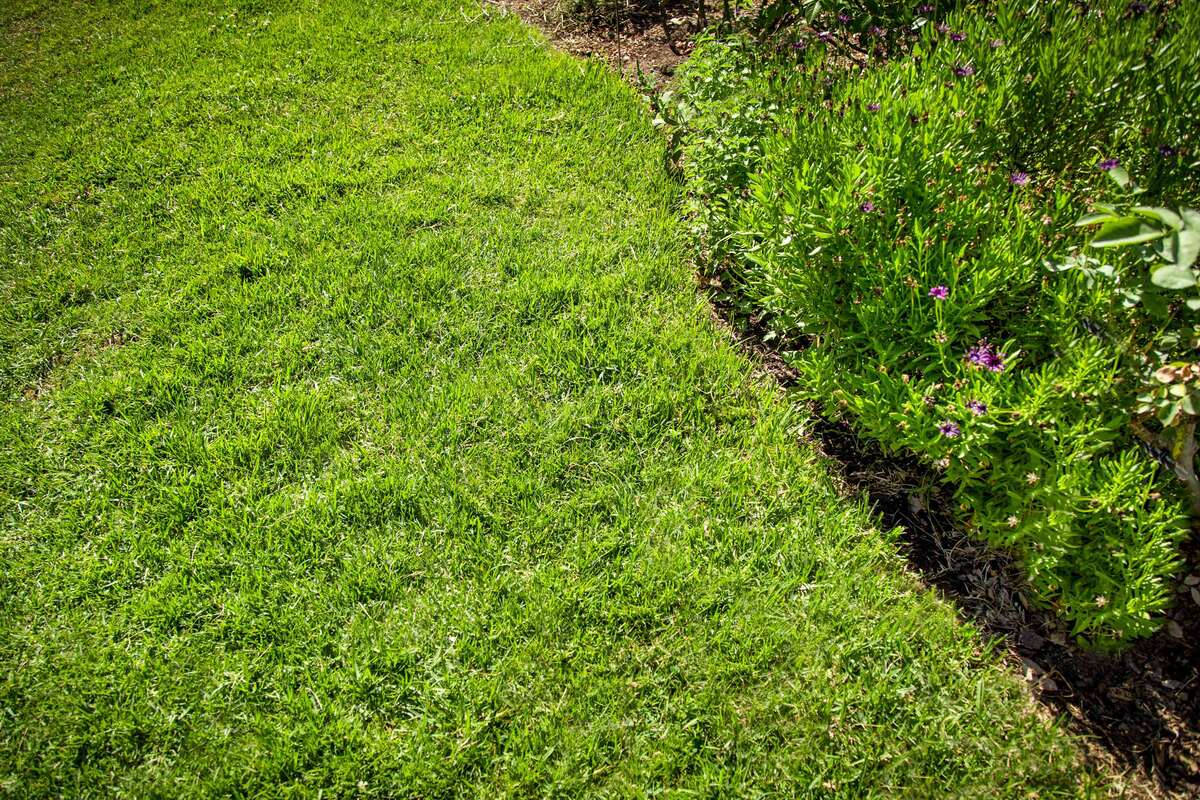
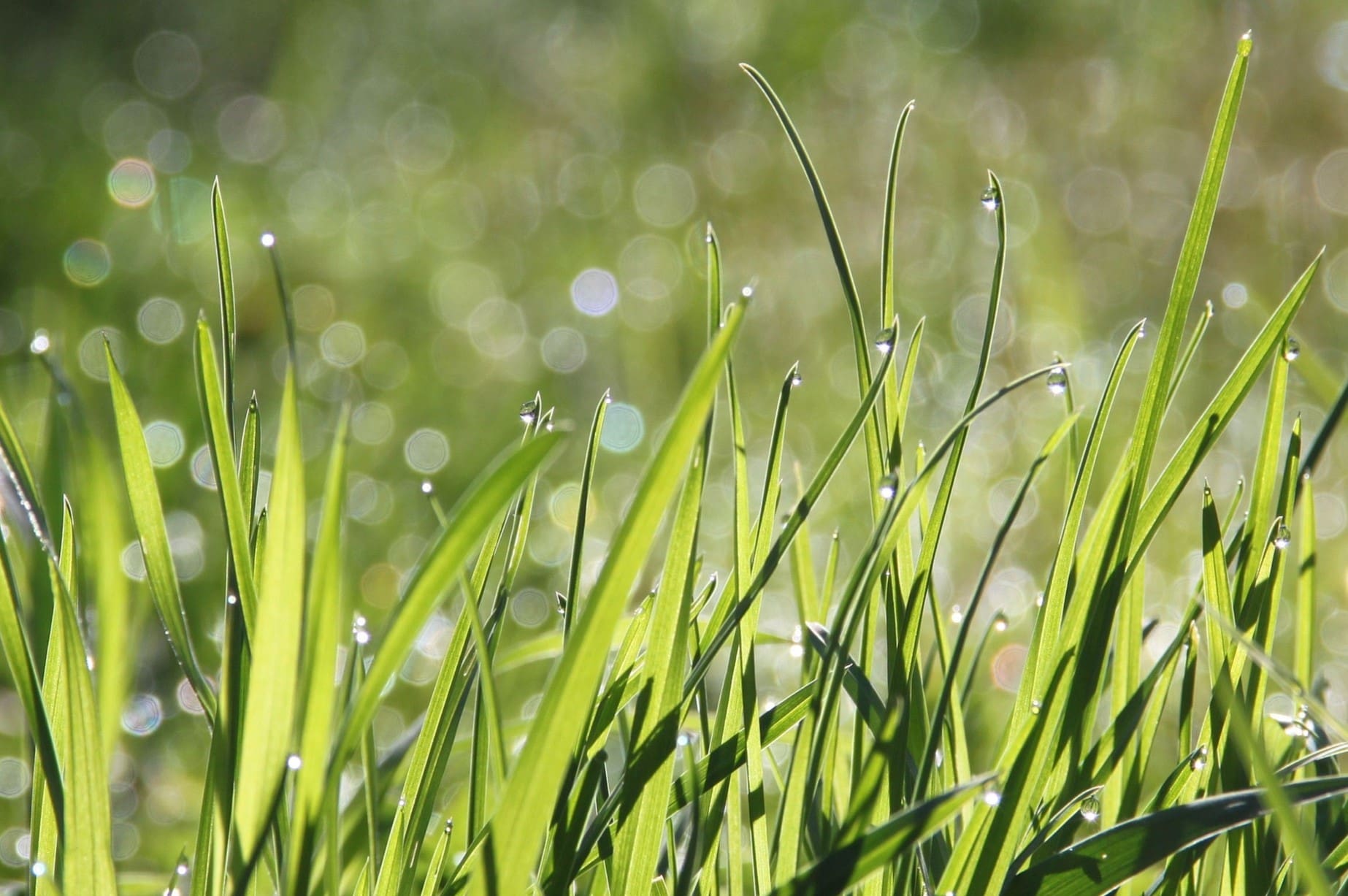
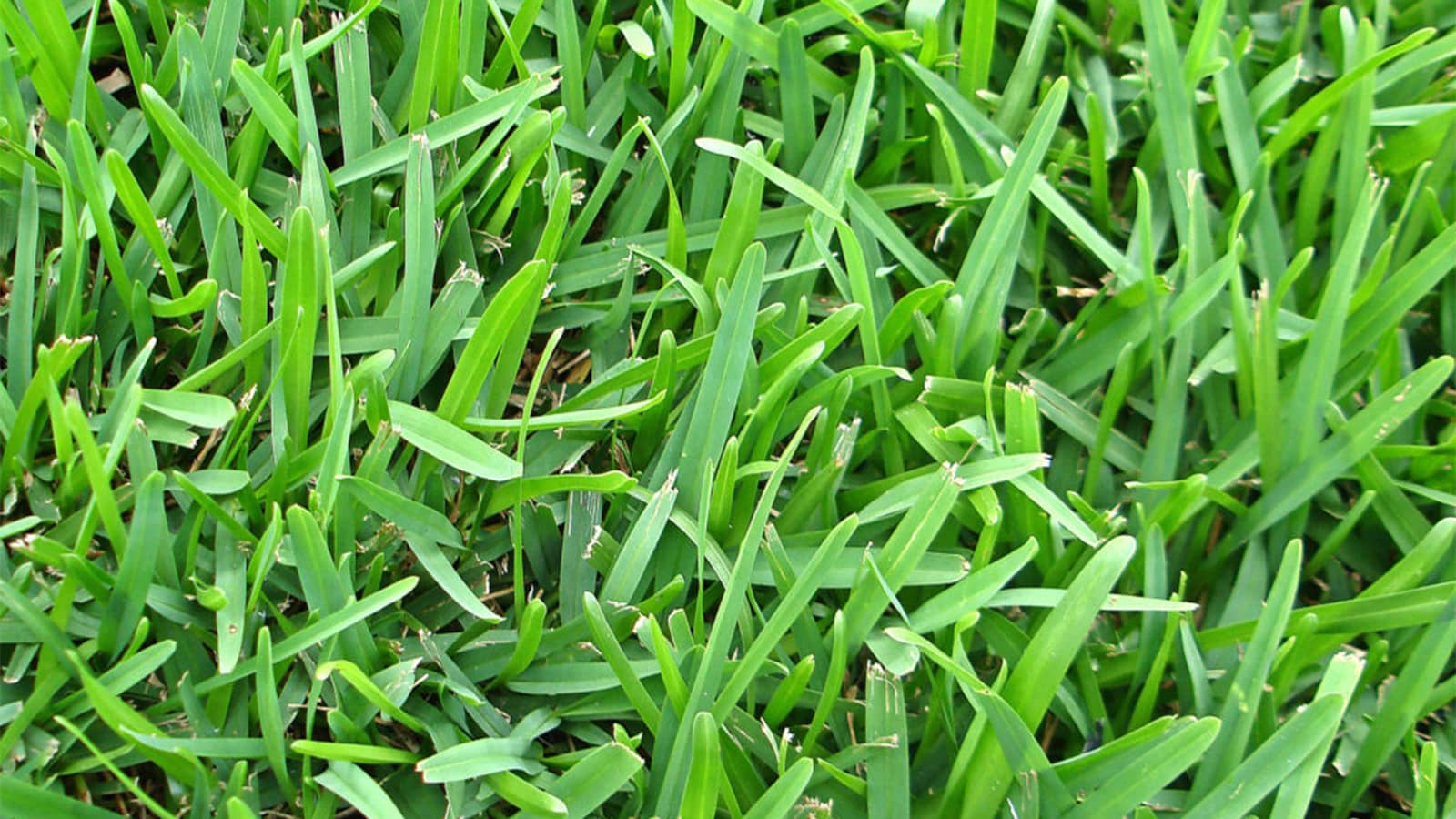
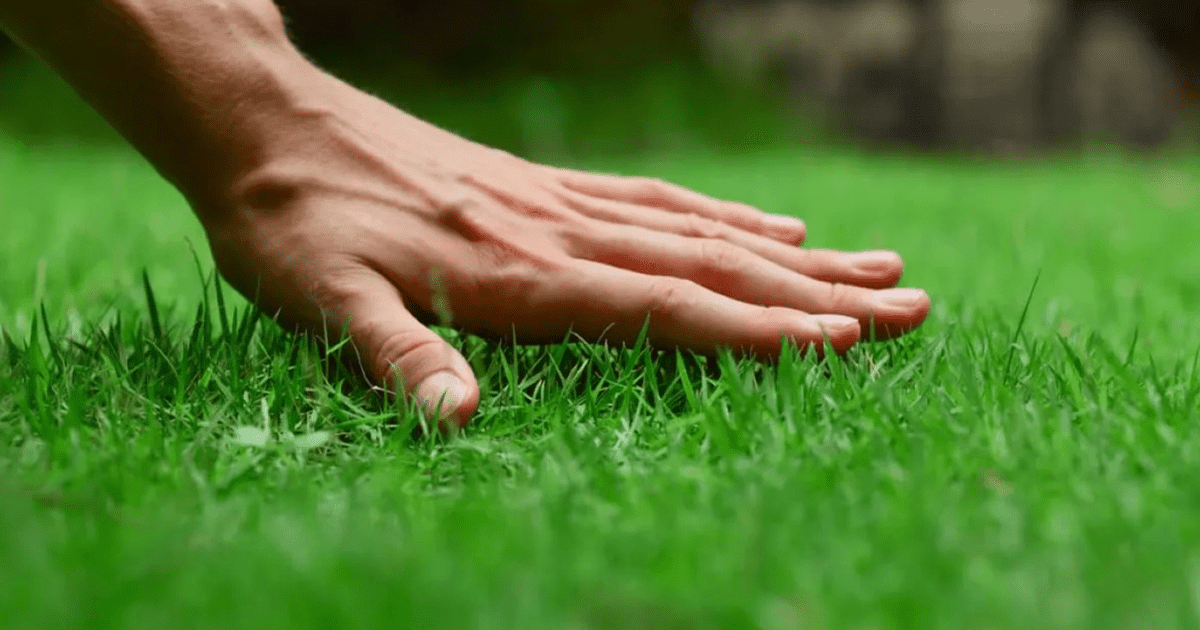
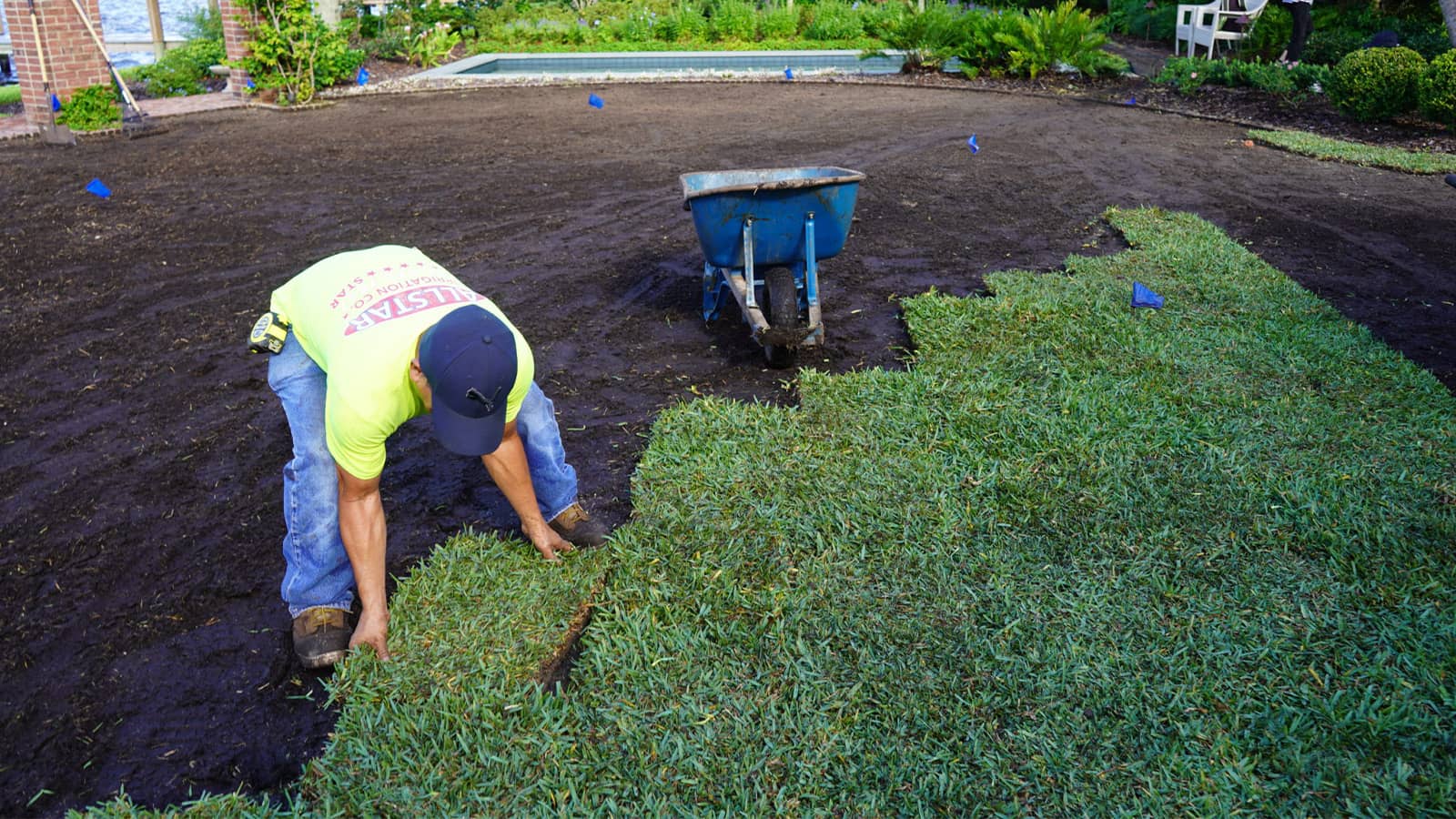
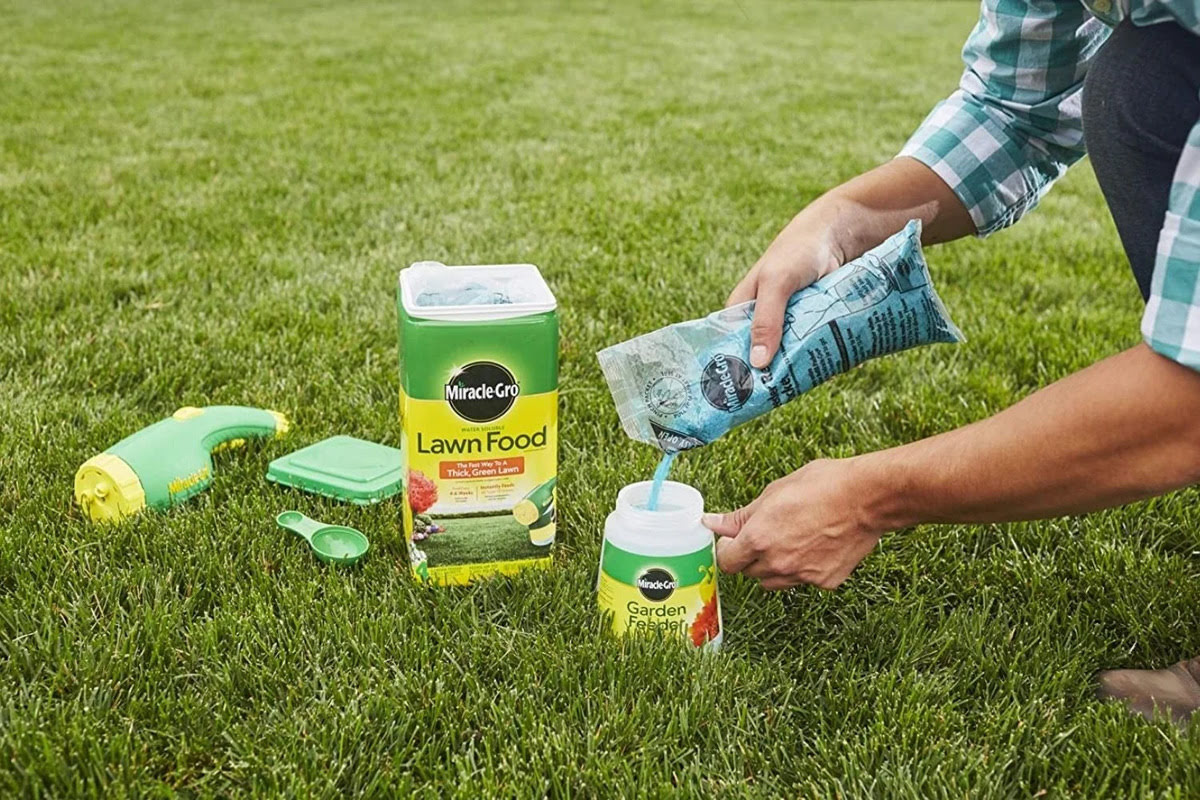

0 thoughts on “How To Remove Weeds From St.Augustine Grass”